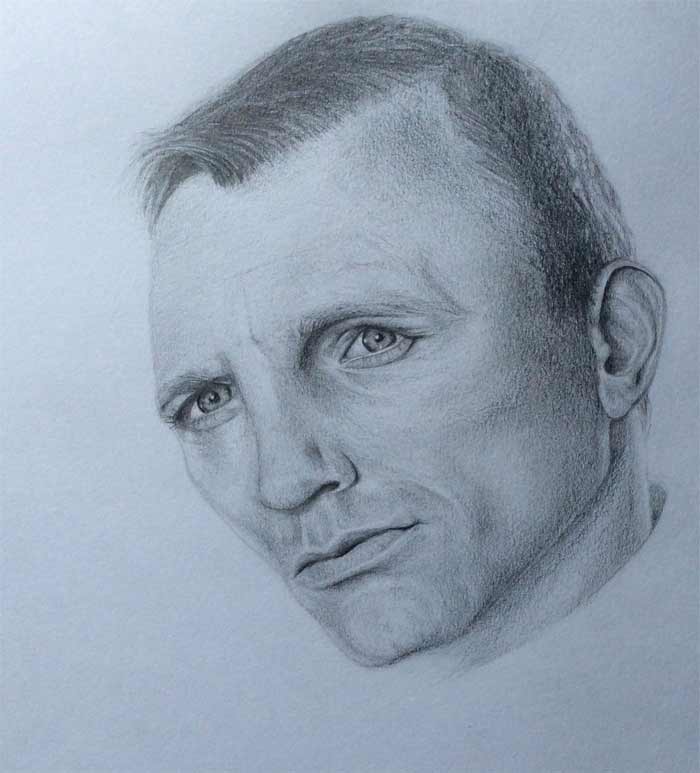Artwork from Ann, Drawing Academy student
Dear Natalie and Vladimir,
I have registered to the Drawing Academy to learn how to draw ‘properly’ in a classical way. This is my first artwork which I started just before joining. I understand that it has amateur flaws: I smudged a little bit on the cheeks before learning i shouldn’t do that, I didn’t ‘hatch’ in a conventional way, I’m very intuitive in rendering tonal values rather than knowledgeable, I copied from a picture which helped me make lots of progress in my drawing so far but I understand that drawing from life is a better training. I surely don’t want to become a skilled photocopy master, however I find realism attractive. I’m most interested in portraying expression and emotions in harmonious balance. I’m struggling to understand how I could learn to draw, for example animals, without picture reference as in real life they keep moving or are not around?
Coming back to this artwork, I can see that there is something wrong with the cranium/hair. I tried my best to draw the cranium in proportion and angle but I must have somehow got it wrong. How can I develop higher accuracy of foreshortening proportions, especially when tilted and angled? There are probably a lot to say about this portrait which I cannot see and I would highly appreciate your feedback to get awareness of my blind spots and help me improve from there.
Thank you so much for sharing all this valuable knowledge in such a structured and helpful way. I would be very grateful if you could share your view on areas for improvement based on this artwork.
Many thanks & kindest regards,
Ann
Dear Ann,
Thank you very much for your wonderful portrait drawing. We like your portrait artwork, great job!
When drawing a head tilted to one side, it helps to rotate your head in the sae direction or adjust the drawing so you could see the portrait upright. When you do so, you may notice that this head is a bit wider than needed and one eye is slightly higher than another.
Such distortions happen when you copy what you see instead of “building” what you know. By the word “building” we mean using constructive drawing principles. For example, should you use a virtual line of alignment that goes though eyes, you would spot this mistake easily.
Apart of some minor distortions, you also need to draw what you know about anatomy. Even though you copied a photo, the lack of anatomy knowledge resulted in one common mistake – connecting the crus of helix with the tragus. In real life, the helix goes into the concha. We are talking about the anatomy of ear cartilages here.
The trouble you have with depicting a believable shape of the cranium goes back to the anatomy. A human head’s shape greatly depends on the shape of a skull. With only few millimetres of skin and flesh, you literally should draw what you know about a skull, not copy what you see because this way, you will end up with mistakes. By the way, the hair would also follow the cranium’s shape with some added volume.
All these points are minor and do not spoil the appearance of your artwork.
You mentioned that you do not understand how to draw without picture reference. A proficient artist draws what one knows, a beginner may decide to copy what one sees. Copying flat images, including photos, can get you into the copying trap. How to learn good drawing skills is explained in this video:
https://lifedrawing.academy/life-drawing-academy-news/how-to-self-assess-your-drawing-skills
Once again, thank you for your artwork.
To your creative success,
Natalie Richy and Vladimir London
Drawing Academy tutors





